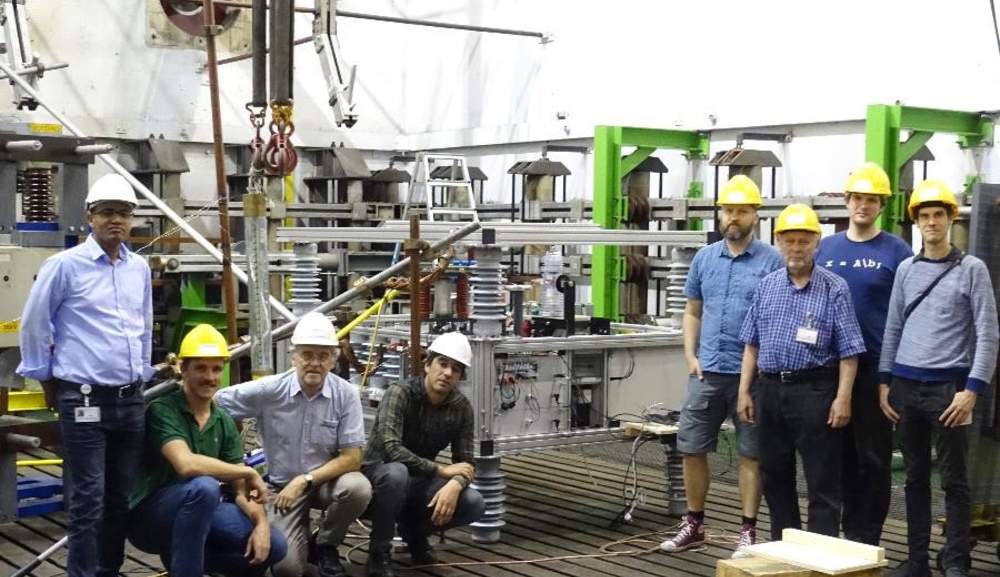A fault current of 10.8 kA was delivered by low-frequency short circuit generators and was interrupted against a transient interruption voltage exceeding 40 kV.
SCiBreak is a project partner of the PROMOTioN project. The project seeks to address challenges to the development of meshed HVDC offshore transmission grids on the basis of cost-effective and reliable technological innovation in combination with a sound political, financial and legal regulatory framework.
The current tests by SCiBreak verify the functioning of a novel technology concept and constitute a major milestone for the project. Testing in the project has previously been done with equipment from Mitsubishi Electric. Testing breakers from different manufacturers supports the project objectives in several ways. Models of the breakers can be created so that analysis of multivendor operation in HVDC grids becomes possible. Furthermore, standardized test methods and test circuits are being developed.
The fault current was interrupted, and the corresponding energy of 0.6 MJ (MegaJoule) was dissipated in surge arresters included in the module. An artificial zero-crossing was created in the vacuum interrupter by an oscillating current excited by a power electronic converter. An ultra-fast Thomson coil actuator created the necessary contact separation less than 3.5 milliseconds after the trip order was received by the DCCB module.
The tests were part of the work package 10 which has a special focus on the interaction between the HVDC circuit breaker (and other identified related critical components) and its electrical environment regarding steady state DC current, rate-of-rise of fault current, current interruption, fault current commutation, counter voltage generation and energy absorption.

